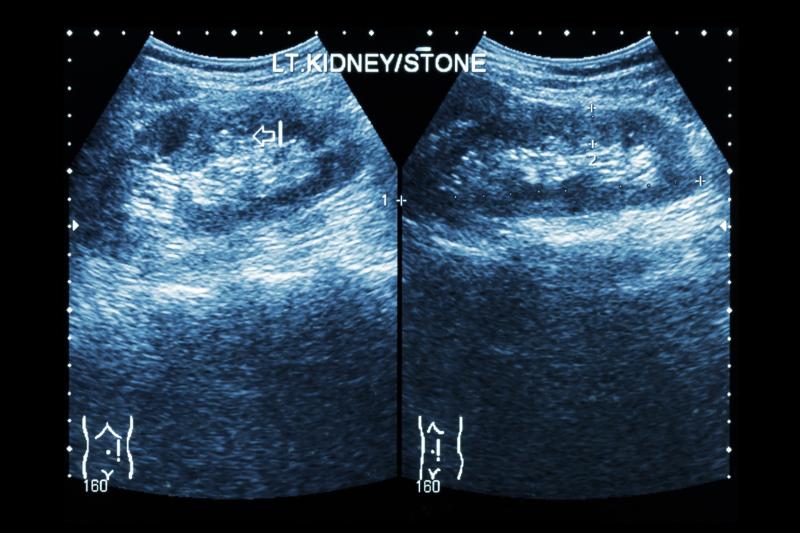Flexible ureteroscopy slightly better than shock wave lithotripsy for paediatric renal stones

Treatment with flexible ureteroscopy (FU) results in a significantly higher stone-free rate than shock wave lithotripsy (SWL) in children with renal stones, reports a study. No difference is seen in complication rate or fluoroscopy exposure time between groups, but operative times and hospital stay are longer with FU.
The databases of PubMed, Web of Science, and Cochrane were searched until August 2022 for randomized clinical trials (RCTs) and prospective comparative nonrandomized studies reporting surgical outcomes of paediatric patients undergoing FU and SWL with renal or proximal ureteric stones <2 cm. Only randomized controlled trials were included in the meta-analysis.
Of the six studies identified, three were RCTs and four had available data on renal stones. A total of 669 patients (mean age range, 4.4‒12.4 years) were analysed. The stone-free rate ranged between 21 percent and 90 percent in the SWL group and between 37 percent and 97 percent in the FU group.
In the meta-analysis of RCTs (n=302), FU exhibited significantly higher stone-free rate (relative risk [RR], 1.17, 95 percent confidence interval [CI], 1.04‒1.33; p=0.01), operative time (mean difference [MD], 16.4 minutes, 95 percent CI, 7.3‒25.5; p<0.01), and hospital stay (MD, 0.25 days, 95 percent CI, 0.14‒0.36; p<0.001) than SWL.
No between-group differences were seen in fluoroscopy exposure time (MD, ‒21.0 seconds, 95 percent CI, ‒42.6 to 0.56; p=0.07), Clavien I‒II (RR, 1.23, 95 percent CI, 0.71‒2.12; p=0.45), or Clavien III‒V complications (RR, 1.04, 95 percent CI, 0.32‒3.42; p=0.95).
“However, the current evidence base for this is weak and further randomized trials are needed,” the investigators said.





 Change Password
Change Password
 Points
Points
 Sign Out
Sign Out
